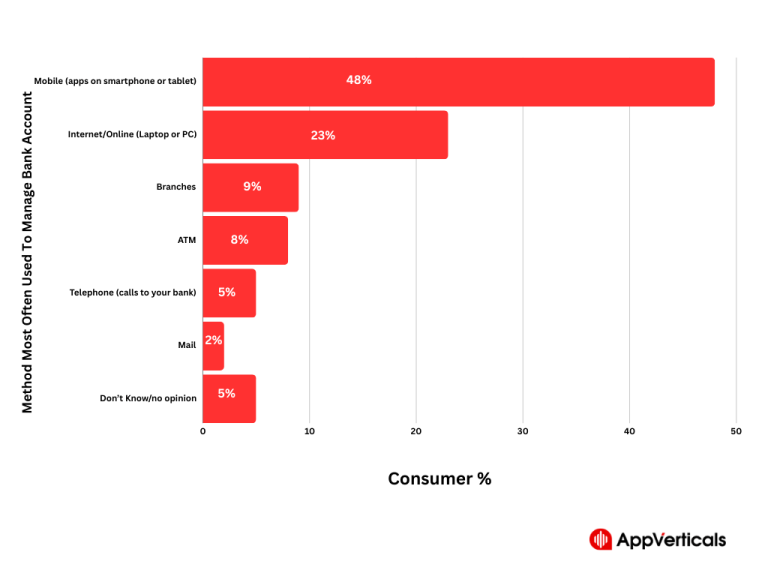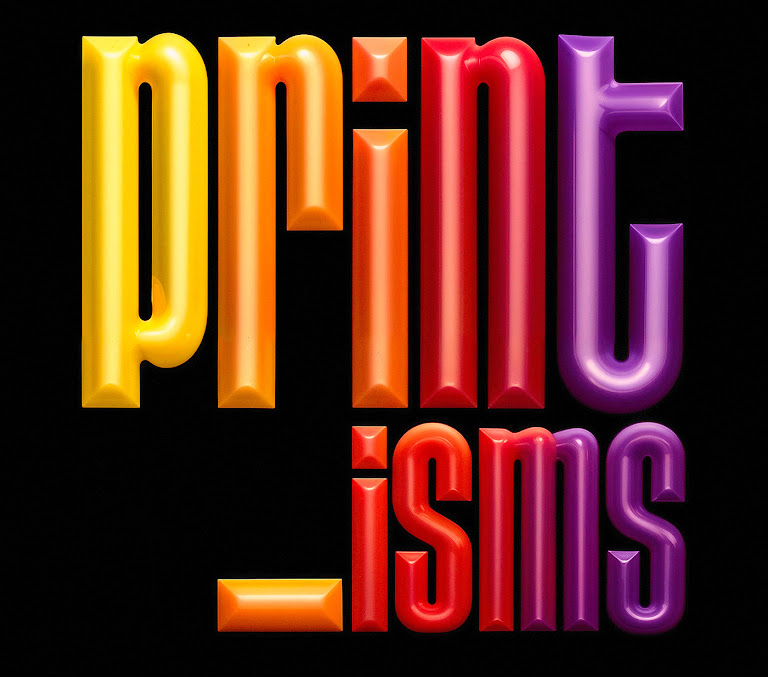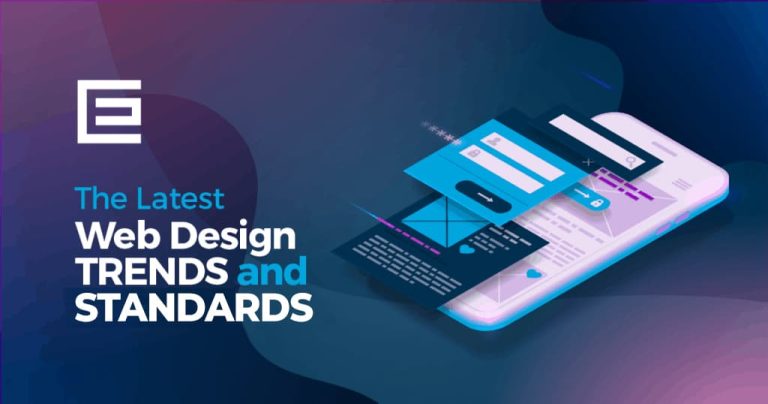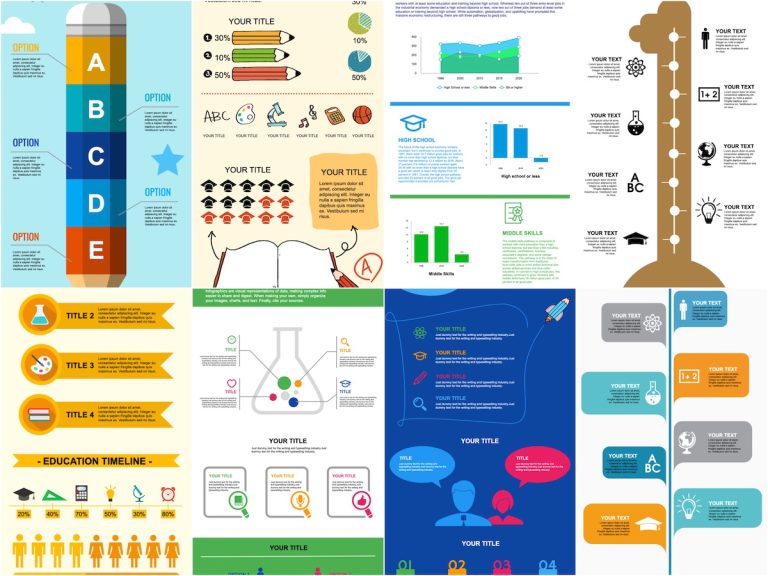Mobile applications have become an integral part of our lives. We have a mobile app for almost everything: sharing, shopping, booking trips, reading, and watching our favorite movies and TV shows. With millions of mobile apps already available in the Google Play Store and Apple’s App Store, it’s not easy for a new app to capture users’ attention. A mobile app development company should consider several factors to make an application successful on the Play Store or App Store. Choosing the right mobile app technology for custom mobile app development is one of them. Mobile applications have taken businesses by storm. To make your business successful, you must have a mobile application.
Importance of Choosing The Right Technology Stack For Mobile App Development
Contents
- 1 Importance of Choosing The Right Technology Stack For Mobile App Development
- 2 Top 7 Dominant Programming Languages for Developing Mobile Applications
- 3 Types of Mobile Applications Development
- 4 Native Vs. Cross-Platform Development
- 5 Top 5 Mobile Application Development Frameworks for Innovative Developers
- 6 Top Trends in Mobile Application Development
- 7 Conclusion
Choosing the right mobile app development technologies are crucial decision that can significantly impact the success and longevity of the app. The mobile application technology stack encompasses the programming languages, frameworks, libraries, and tools used to build the app. A well-thought-out choice ensures efficient development, optimal performance, scalability, and a smoother user experience. Each stack component contributes to different aspects of the app, such as the frontend user interface, backend functionality, and interactions with the database and server. The selection process involves considering factors like the app’s target audience, required features, project timeline, and the development team’s expertise.
The importance of selecting an appropriate mobile app development technology lies in its ability to directly influence the app’s performance, speed, and overall user satisfaction. An ill-suited stack might result in slower load times, increased crashes, or even security vulnerabilities. Moreover, a mismatched stack can lead to maintenance challenges and hinder adding new features in the future. On the other hand, a well-matched stack streamlines the development process, allows for easier integration of third-party services, and facilitates updates and enhancements. In the rapidly evolving landscape of mobile app development, making an informed decision regarding the technology stack is akin to laying a strong foundation for the app’s success and ensuring its relevance in the competitive market.
Top 7 Dominant Programming Languages for Developing Mobile Applications
1- Python
Python is a popular programming language developer’s use worldwide to build different types of mobile applications. This flexible, open-source, high-quality object-focused language is easy to understand. Only an engineer with basic editing skills can learn the language to improve the mobile app. Python is a portable language with built-in bug fixes to facilitate flawless development. Apart from this, Python provides GUI program support, community support. It also provide few frameworks and libraries, and various other features to ensure smooth and fast development. It is preferred to build rich web applications that can be scaled up in a short amount of time. Pinterest, Instagram, Survey Monkey, and YouTube are examples of Python app development.
2- Java
We’ve all heard enough about this planning language focused on something. This portable and highly secure language is the official language for building Android apps. Java provides an open-source library, excellent documentation, and community support, which helps developers to build different types of Android app stack effectively and efficiently. Telegram, VLC media player, and Sea Weather are some examples of applications that build using this language.
3- Swift
Swift a common programming language developed by Apple Inc. for macOS, watchOS, tvOS, Linux, iPad, and a few other platforms. Language is dedicated to the Cocoa and Cocoa Touch frameworks as well as C and Objective C codes specially designed to enhance iOS applications. Swift uses a secure editing pattern and offers special features to make the process of iOS mobile app development smoother.
- How to build a website with WordPress and what are the best plugins to use: WordPress Web Design Tutorials: How to build a website with WordPress and what are the best plugins to use. Building a website with WordPress is an excellent choice due to its versatility, ease of use, and a vast array of plugins that enhance functionality. Here’s a comprehensive guide to building a WordPress website, along with recommendations for the best plugins.
- The Most Important Stages and Plugins for WordPress Website Development: Developing a WordPress website requires careful planning, execution, and optimisation to ensure it is functional, user-friendly, and effective. The process can be broken into key stages, and each stage benefits from specific plugins to enhance functionality and performance. Here’s a detailed guide to the most important stages of WordPress website development and the essential plugins for each stage.
- What are the most powerful Tools for SEO in WordPress?: Powerful SEO Tools for WordPress: Search Engine Optimisation (SEO) is essential for improving your WordPress website’s visibility in search engines. Here are the most powerful tools to optimise your site effectively:
- How to add shipping modules in CubeCart: Step 1: Log in to Your CubeCart Admin Panel: Open your web browser and navigate to your CubeCart admin login page. Enter your username and password to log in.
Step 2: Navigate to the Extensions Section: Once logged in, go to the left-hand menu and click on Manage Extensions. From the dropdown, select Extensions.
Step 3: Find Shipping Modules: In the Extensions section, locate the Shipping tab to view available shipping modules. You can browse through the list or use the search function to find a specific module. - Gathering domain and IP information with Whois and Dig: In the digital age, understanding the intricacies of domain and IP information is essential for anyone navigating the online landscape. This article explores two powerful tools—WHOIS and DIG—that help gather valuable insights about websites and their underlying infrastructure. Whether you’re a cybersecurity professional, a web developer, or simply curious about online resources, you will learn how to effectively utilize these tools, interpret their outputs, and apply this knowledge to real-world scenarios.
- What are the best WordPress Security plugins and how to set them up the best way: Read a comprehensive guide on the best WordPress security plugins and how to set them up to ensure optimal protection for your WordPress site.
- Will a headland provide enough shelter?
- Learn How To Purchase Your Own Domain Name with Fastdot.com: Open your web browser and go to Fastdot.com. Navigate to the Domains section, either from the homepage or from the main navigation bar.
Step 2: Search for Your Desired Domain Name: In the domain search bar, type the domain name you want to purchase. Fastdot supports a wide range of domain extensions (TLDs), such as .com, .net, .org, .com.au, and many others. Click the Search Domain button. The system will check the availability of your desired domain name.
4- Kotlin
Kotlin is used to develop highly advanced mobile applications. You can view this forum language, a mathematically typed and standard programming language, as a modern version of Java. It worked perfectly with Java and was originally designed for JVM only. The security, clarity, and support of the great tools are the features that make Kotlin the preferred option for building Android apps.
5- C++
For system-level development and applications that must perform well, C++ is a strong and adaptable programming language. C++ can be used in developing mobile apps through various frameworks and tools, including the Android NDK (Native Development Kit) for Android apps. Building apps that need real-time graphics, great performance, or direct access to hardware resources is where C++ shines. It is frequently employed for creating cross-platform apps with programs like Qt or Xamarin. Both of which place a premium on efficiency in the development of video games.
6- JavaScript
With the introduction of hybrid and cross-platform mobile app frameworks. JavaScript, a key language for web development, has also gained prominence in the field of mobile app development. Developers can create mobile apps using JavaScript and then compile them to native code using frameworks. This method strikes a compromise between performance and code reuse.
7- Dart
Google created the programming language called Dart, which is usually used with the Flutter framework to create cross-platform mobile apps. Thanks to Flutter’s “hot reload” capability and reactive UI architecture, development is effective and allows for quick iteration. Dart produces high-performance apps when it compiles native ARM code.
Also Recommended: Best Programming Languages for App Development
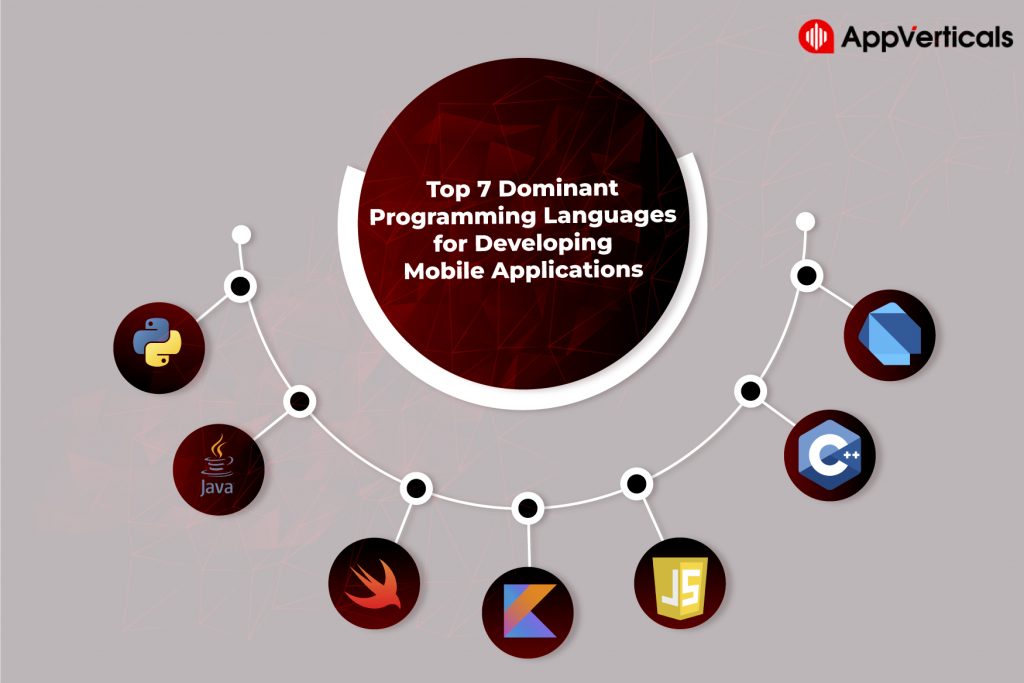
Types of Mobile Applications Development
There are many types of mobile apps. Now the question arises about what kind of software the developer should build. This depends on the client’s needs, the market’s fullness, the mobile app development company in Dallas technical comfort, etc. Some of the few types of mobile apps are:
1- Native Applications
Such applications are developed in a specific programming language, such as Objective C for iOS and Java for Android. These applications are expensive to upgrade because they are built for only one operating system.
2- Mobile Web Apps
These apps are not real apps. Websites are designed to look at a mobile application. They work in your mobile browser and are enhanced using HTML5. Most applications are developed using HTML5, so the fine line between web and web applications is becoming increasingly complex.
3- Hybrid Mobile Apps
Integrated apps are applications that are part of web applications and native parts. Like native apps, you can find mixed apps in the play store and use mobile features. Like portable web applications, they also use HTML5 to enhance themselves.
Also Recommended: Native Apps, Web Apps, or Hybrid Apps? Understand the Difference
Native Vs. Cross-Platform Development
First, you must decide if you plan to do traditional or cross-platform work, as each option has pros and cons.
1- Native
Indigenous Services is helpful if you intend to develop a single platform. This is because you can use the complete ending of the field in question. It enables you to access and use a variety of field-specific features.
For example, iOS has unique features such as iMessage, Airdrop, and Uninstall Application. While Android has unique features such as custom home protection, expandable cache, and split-screen support. So, when you improve the performance of a particular platform, you have the time and boxes needed to use these special features.
2- Cross-platform
Cross-platform cellular development, on the other hand, is a process of improving the performance of a single legal framework that will work across multiple mobile platforms.
There are many types of mobile app development technologies available. This makes it easier for developers to think, develop, and implement efficient and effective applications on multiple platforms simultaneously. The best platform to develop mobile applications technologies include Flutter, React Native, and Xamarin.


Top 5 Mobile Application Development Frameworks for Innovative Developers
1- Flutter
Developed by Google, Flutter is an open-source software developer SDK (software development kit) that helps developers build applications. Yes, you read that well. By using Flutter, you can create an app that works well on both Android and iOS platforms. Technology is much needed because people prefer different platform applications to traditional apps that only run in one place. The mobile app development technology stack uses Dart as a programming language to create native links. It also frees developers to write all code from scratch to build a single dual-platform application. Google Ads, Alibaba’s Xianyu, and Reflectly are three popular mobile apps built using Flutter.
2- React Native
Developed by Facebook, React Native is an open-source framework used to develop iOS, Android, the web, and UWP applications. Apps developed using React Native have similar native capabilities and can work on multiple platforms. Developers use ReactJS and JavaScript to build applications that testify to the growing success of different mobile app development platform.
3- Xamarin
With the help of the well-liked cross-platform Xamarin mobile app development framework, programmers can create iOS, Android, and Windows apps with just one codebase. Microsoft-developed Xamarin uses the C# programming language, giving experienced developers a comfortable working environment. One of Xamarin’s standout benefits is its capacity to produce native user interfaces, guaranteeing that the finished application functions and seems like a native application on any platform. By using Xamarin, this is made possible—forms for Xamarin and common UI code. Platform-specific code is native. Although Xamarin provides good code reuse and access to native APIs, the abstraction layer that converts C# code to platform-specific code may result in some performance penalties. However, the robust community support and tight interaction with Visual Studio make it an appealing option for developers looking to produce cross-platform apps quickly.
4- Ionic
The Ionic Framework is an open-source frontend SDK primarily targeted at creating hybrid mobile applications using web technologies, including HTML, CSS, and JavaScript. It combines Cordova with Angular (or other JavaScript frameworks), enabling programmers to create apps with a uniform user interface that functions on iOS and Android devices. Ionic offers a comprehensive selection of UI elements, themes, and plugins that make it easier to develop aesthetically beautiful and engaging applications. Developers may create mobile apps by employing web technologies, and Ionic’s deployment procedure makes it easier to distribute apps to app stores.
5- NativeScript
Another framework for creating cross-platform mobile apps is NativeScript, which enables programmers to create native apps with JavaScript, TypeScript, or Angular. The same degree of performance and user experience as applications created in the native programming languages are achieved via direct access to native APIs. Using XML layouts, NativeScript enables the development of platform-specific user interfaces (UIs), which are later translated into native components during runtime. This guarantees that the app’s UI complies with the platform’s design requirements. The advantage of the framework is that it allows programmers to use well-known web technologies while still achieving full native speed.
Also Recommended: 10 Best Android Mobile App Development Framework
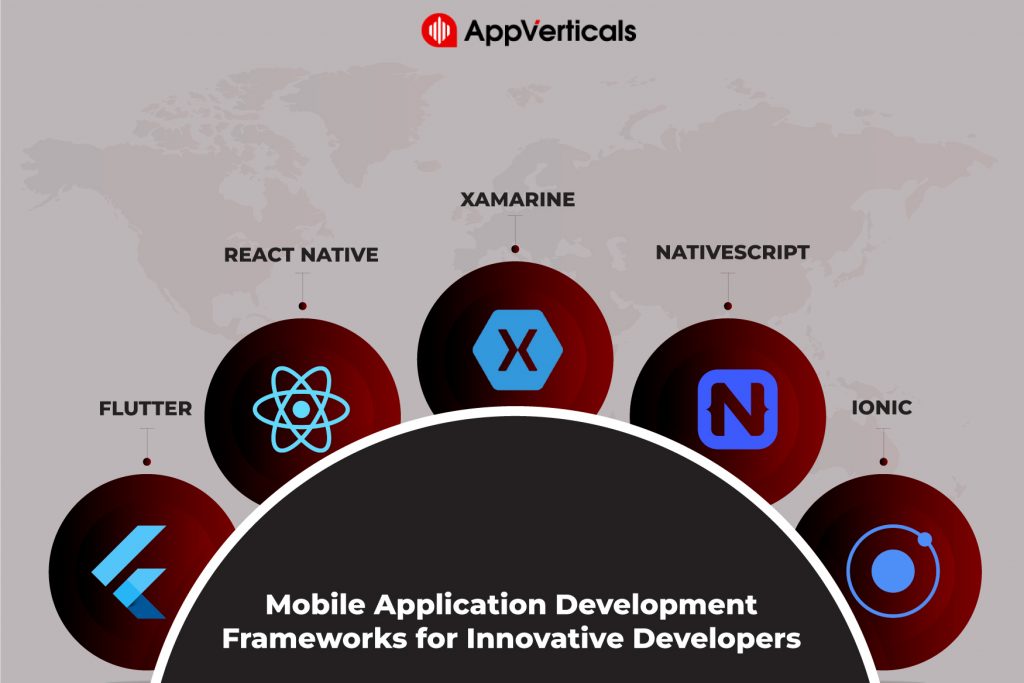
Top Trends in Mobile Application Development
5G Integration
5G integration has revolutionized mobile app experiences by delivering unprecedented speed, low latency, and enhanced connectivity. This advancement allows developers to create more immersive and data-intensive applications. Paving the way for innovations like real-time augmented reality, seamless IoT integration, and improved video streaming. As 5G networks expand, users can expect faster downloads, smoother interactions, and a new era of possibilities in mobile app technology.
Wearable Devices
Wearable devices are becoming the new normal all around the world. In many parts of the world, it has gained major grounds and is progressing continuously. This has brought a drastic rise in wearable mobile app development. Even today, when we have not acquired the full potential of wearable technology, there is a lot of development in this area. In the coming years, we expect to see a new ray of benefits and revolutions with this form of technology. According to research, the wearable AI devices market produced returns of 11,182.8 million US dollars in 2018 and is expected to rise at a 29.0% CAGR in the near future.
Moreover, wearables integrated with AI have been getting increasingly popular for a couple of years. Today, wearable devices have a number of applications along with its original purpose. The revolution in this area is majorly due to technological advancements, including the integration of AI into wearables. Another significant cause of the popularity of these wearable devices is the growing health-related concerns among the users. This has the potential for opening doors to new technology domains for mobile app development companies as they can benefit from the development of interactive and innovative wearable app solutions.
Augmented Reality (AR) and Virtual Reality (VR)
Virtual reality (VR) and augmented reality (AR) are revolutionary technologies altering user experiences. AR improves interactions in gaming, education, and retail industries by superimposing digital content on the actual environment. VR develops lifelike virtual worlds that are applied to design, entertainment, and training. With their novel approaches to bridging the gap between the physical and digital worlds, both technologies have tremendous potential.
Artificial Intelligence (AI) and Machine Learning (ML)
The revolutionary technologies of artificial intelligence (AI) and machine learning (ML) allow computers to learn from data and carry out activities that traditionally require human intelligence. While ML is especially focused on algorithms that get better over time, AI covers various skills. These innovations drive innovation across industries and transform how we use technology and make decisions. They also power virtual assistants, recommendation systems, fraud detection, and other applications.
Internet of Things (IoT) Integration
Integration of the Internet of Things (IoT) is the seamless connection and communication of systems, sensors, and devices through the Internet. This integrated network makes data exchange, remote control, and automation possible, boosting productivity and convenience across a range of industries, including smart homes, healthcare, manufacturing, and transportation. IoT integration allows customers to remotely monitor and manage devices, enabling real-time data-driven decision-making and opening the door for creative solutions that alter businesses and everyday life.
Beacon Technology
Bluetooth Low Energy (BLE) devices are used by beacon technology to relay signals to close-by smartphones, enabling location-based interactions. Beacons, widely utilized in commerce, hospitality, and navigation, provide individualized experiences, including customized promotions and indoor navigation. These unobtrusive gadgets enable seamless interactions between the physical and digital worlds by sensing human proximity, making them essential for boosting client engagement and obtaining critical data for organizations.
Chatbots
Virtual assistants that are AI-powered and enable real-time communication with users are called chatbots. They provide individualized experiences and prompt responses across websites, messaging apps, and customer service platforms. Chatbots interpret user requests, give information, and conduct activities using natural language processing, improving user experience and optimizing company processes. Chatbots are altering customer engagement and service delivery across numerous industries as an essential part of contemporary automation.
Mobile wallets and payment integration
Mobile wallets and payment integration have changed financial transactions, which give customers a simple and safe way to make payments, manage their money, and conduct cashless transactions. Users may easily pay for goods and services, send money, and even access reward programs with the ease of a smartphone. These digital wallets improve user experiences by eliminating the need for cash and credit cards, speeding up transactions, and allowing companies to adjust to the changing environment of online commerce.


Conclusion
In this blog, we have discussed the diverse realm of programming languages, unlocking their unique strengths and suitability for various app development projects. Simultaneously, we’ve unveiled the power of top-tier frameworks that serve as the building blocks for crafting seamless and feature-rich applications.
Furthermore, our journey through the ever-evolving mobile app development industry has shed light on the prevailing trends that shape the user experience and drive the industry forward. Staying attuned to these trends empowers developers to stay ahead of the curve, delivering cutting-edge solutions that captivate users and fulfill their evolving needs.
As app technology continues to advance, the choices available to developers will likely expand further, enhancing the quality and capabilities of mobile applications. The decision on which technologies to embrace should be driven by factors such as project requirements, mobile app development company, and the target audience’s preferences. Ultimately, the successful mobile app of today and tomorrow will be one that seamlessly marries technological prowess with an intuitive user experience, thereby enriching the lives of users in an ever-connected world.


